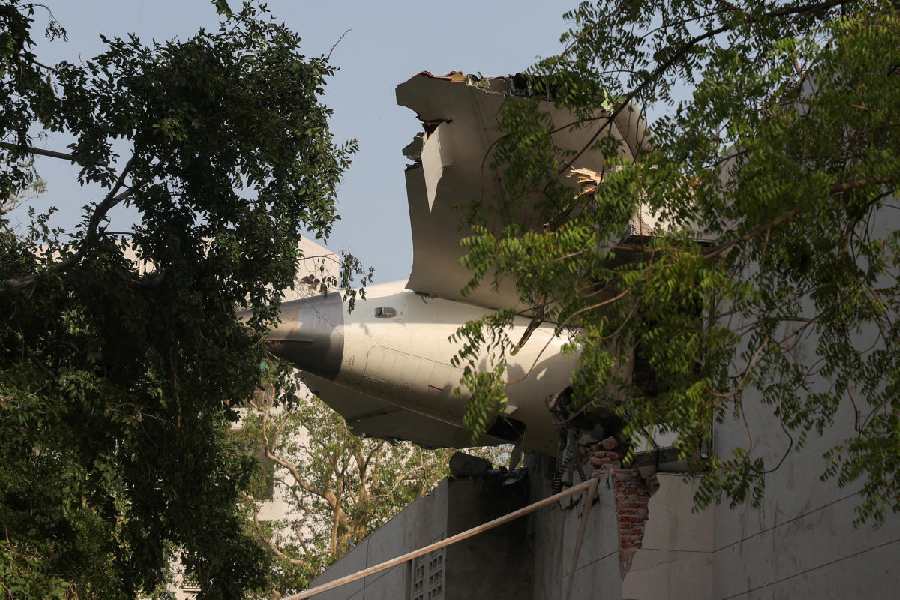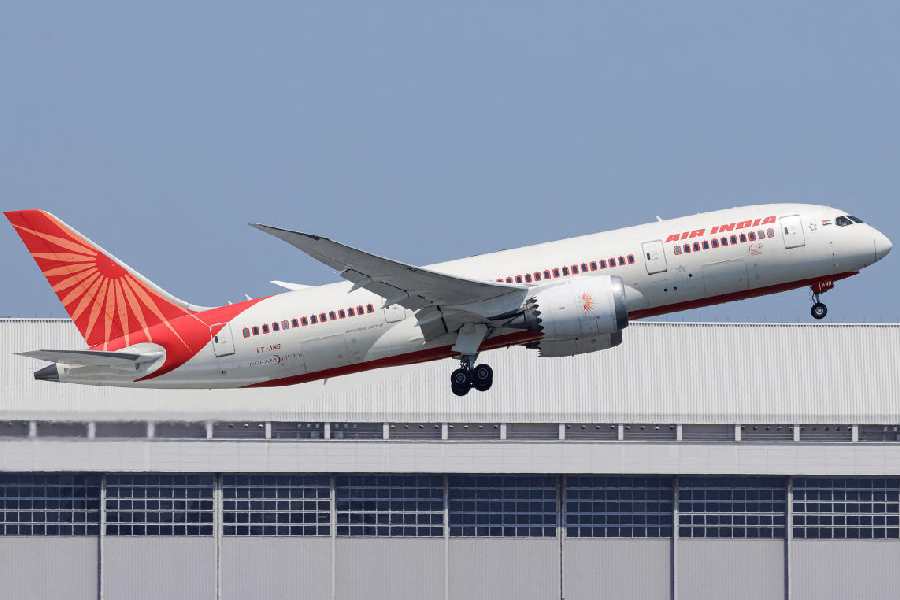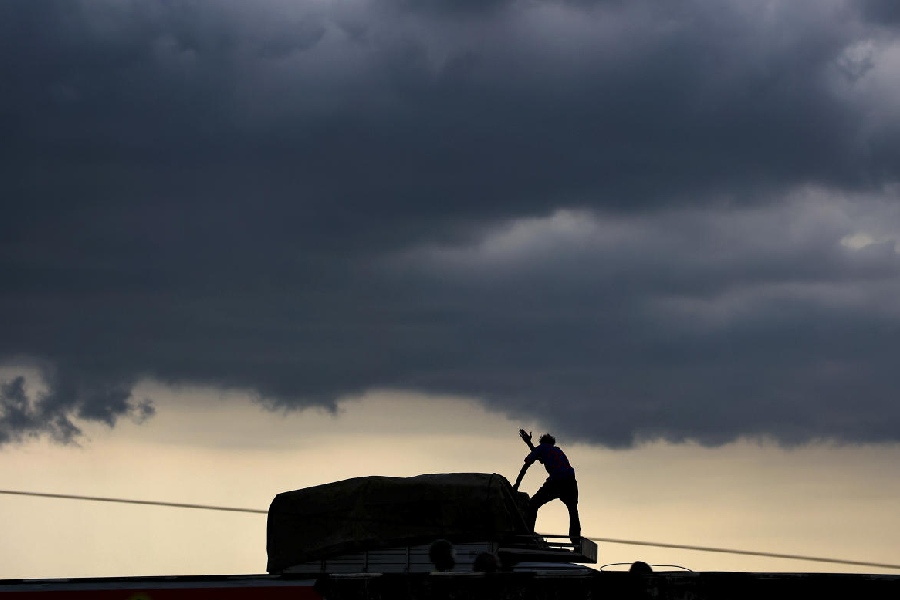Recent reports in newspapers indicate that the chief minister is examining the possibility of changing the name of West Bengal to either Banga or Bangla. The explanation is that in meetings in New Delhi, West Bengal is one of the last states that is asked to make a presentation. Having attended many such meetings, one can sympathize with the situation where, by the time the West Bengal minister or his representative is asked to speak, three-quarters of the audience are already in various stages of stupor.
On the dais itself, most of the dignitaries, by late afternoon, are fast asleep or desperately trying to keep awake so that the TV cameras do not catch them with their eyes closed — this is also true of some prime ministers as well. Normally, daylong meetings also include a rich and sumptuous lunch. The food served at Delhi meetings normally swim in oil. Keeping awake after such a lunch remains a Herculean task.
From the cultural point of view, it is perhaps appropriate for West Bengal to go ahead with a change of name. Erstwhile East Bengal has now become an independent country, Bangladesh. While surfing the internet through Google, I came across an item to explain the derivation of the name, “Bengal”.
Tracing the roots
“The name ‘Bengal’ is derived from the Sanskrit ‘Vanga’ and, strictly speaking, applies to the country stretching southwards from Bhagalpur to the sea. The ancient Bangla formed one of the five outlying kingdoms of Aryan India, and was practically coterminous with the delta of Bengal. It derived its name, according to the etymology of the Pundits, from a prince of the Mahabharata, to whose portion it fell on the partition of the country among the Lunar race of Delhi. However, a city called Bangala, near Dhaka, now washed away, is supposed to have existed in the Muslim period and appears to have given the name of Bengal to the European world. The word Bangala was first used by the Muslim rulers; and under their rule, like the Bangla of pre-Muslim times, it applied specifically to the Gangetic delta, although the later conquests to the east of the Brahmaputra were eventually included within it. In the Mughals’ division of their Empire for fiscal purposes, it formed the central province of a governorship, with Bihar on the north-west, and Orissa on the south-west, jointly ruled by one deputy of the Delhi emperor.
“Under the English and later the British, the name of Bengal has at different periods borne very different meanings. Francis Fernandez applies it to the country from the extreme east of Chittagong to Point Palmyras in Orissa, with a coast line which Purchas estimates at 600m, running inland for the same distance and watered by the Ganges. This territory included the Muslim province of Bengal, with parts of Bihar and Orissa. The loose idea thus derived from old voyagers became stereotyped in the archives of the East India Company. All its north-eastern factories, from Balasore, on the Orissa coast, to Patna, in the heart of Bihar, belonged to the Bengal Establishment, and as British conquests crept higher up the rivers, the term came to be applied to the whole of Northern India.”
Why it all began
Of course, if West Bengal decides to change its name and bring itself into the B category, we still may have a situation when all other states decide to also change their names to the A category, in which case, we will still remain the last state to make a presentation in a formal meeting in Delhi when the recipients are already asleep.











